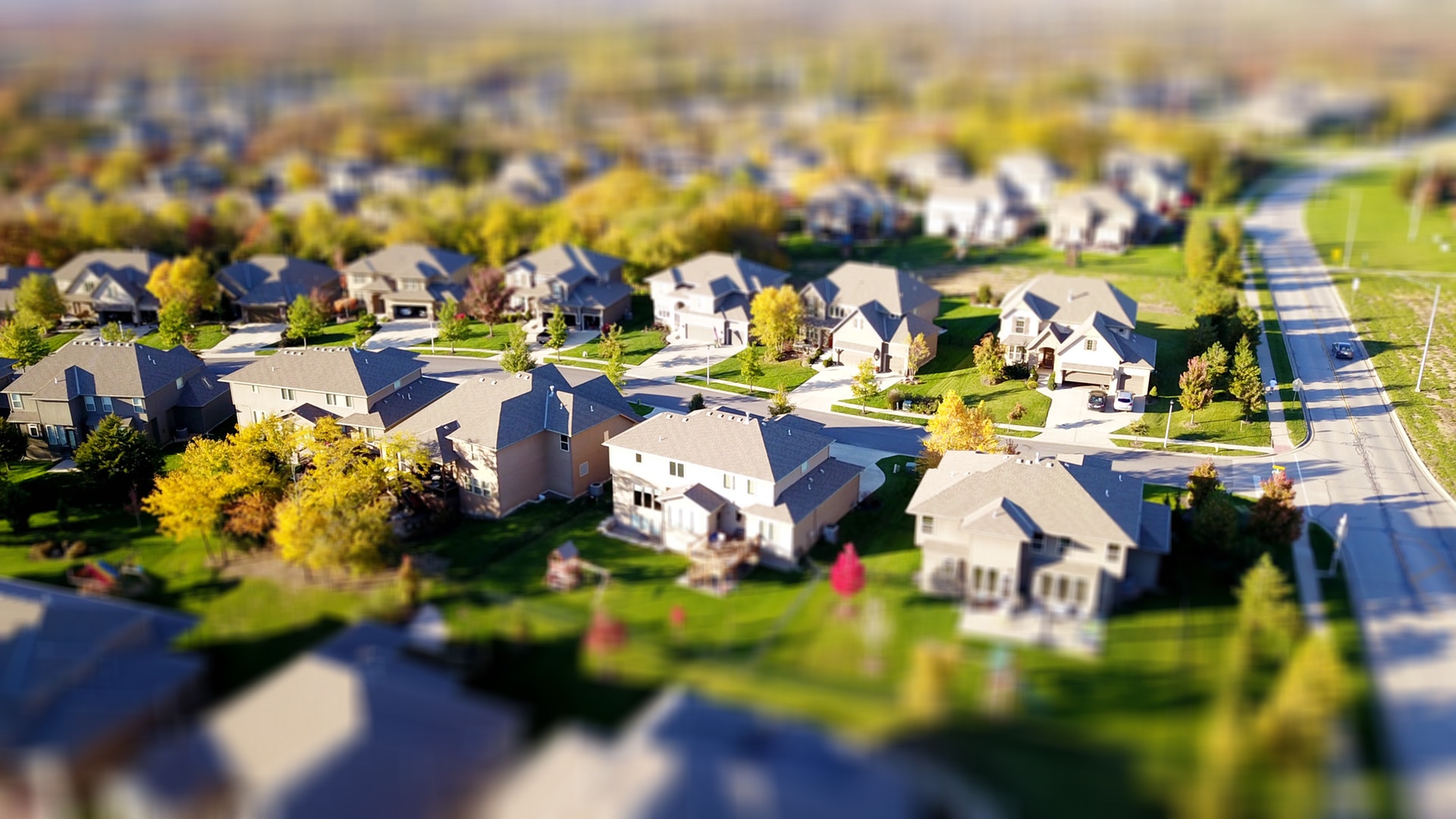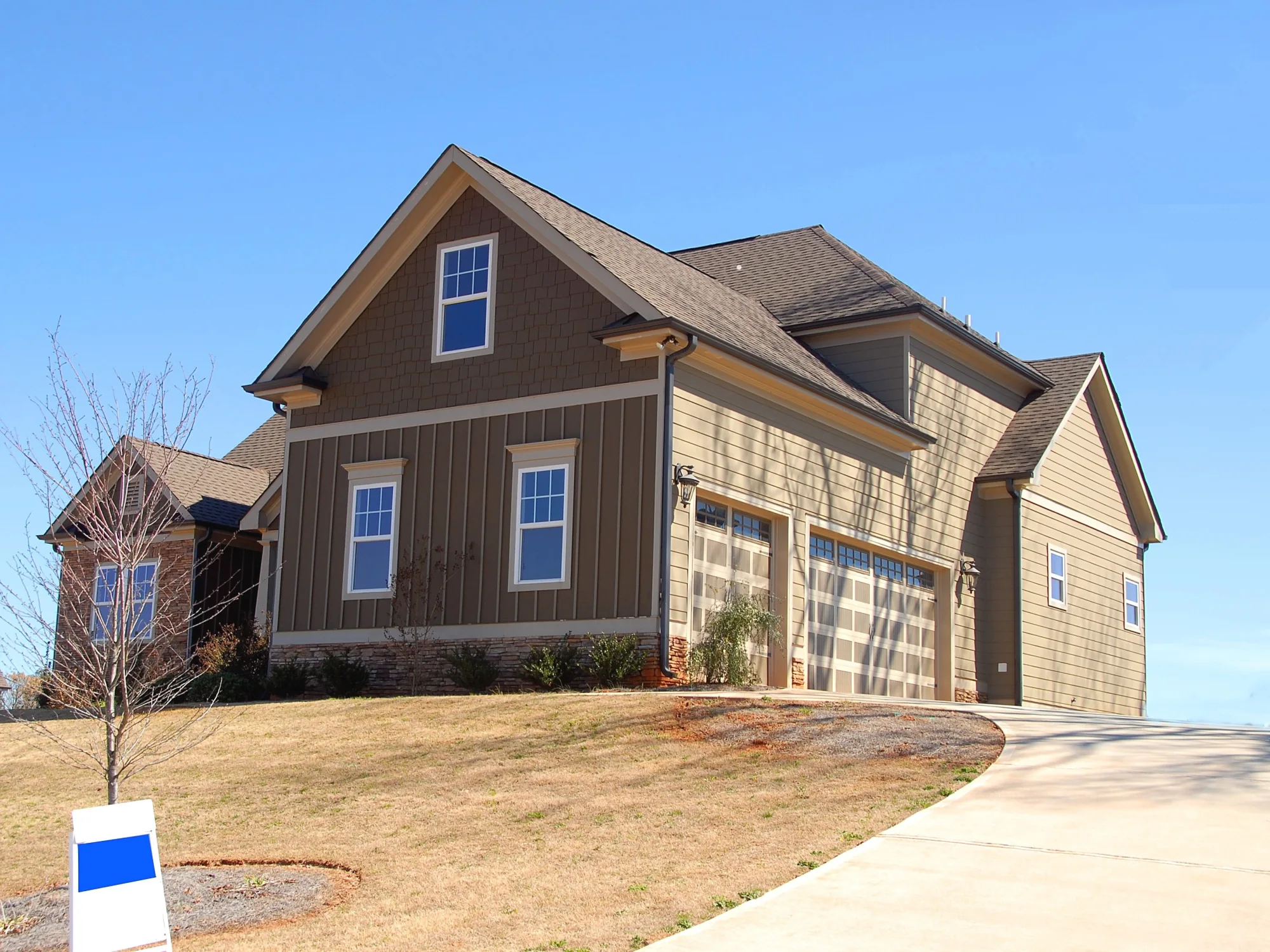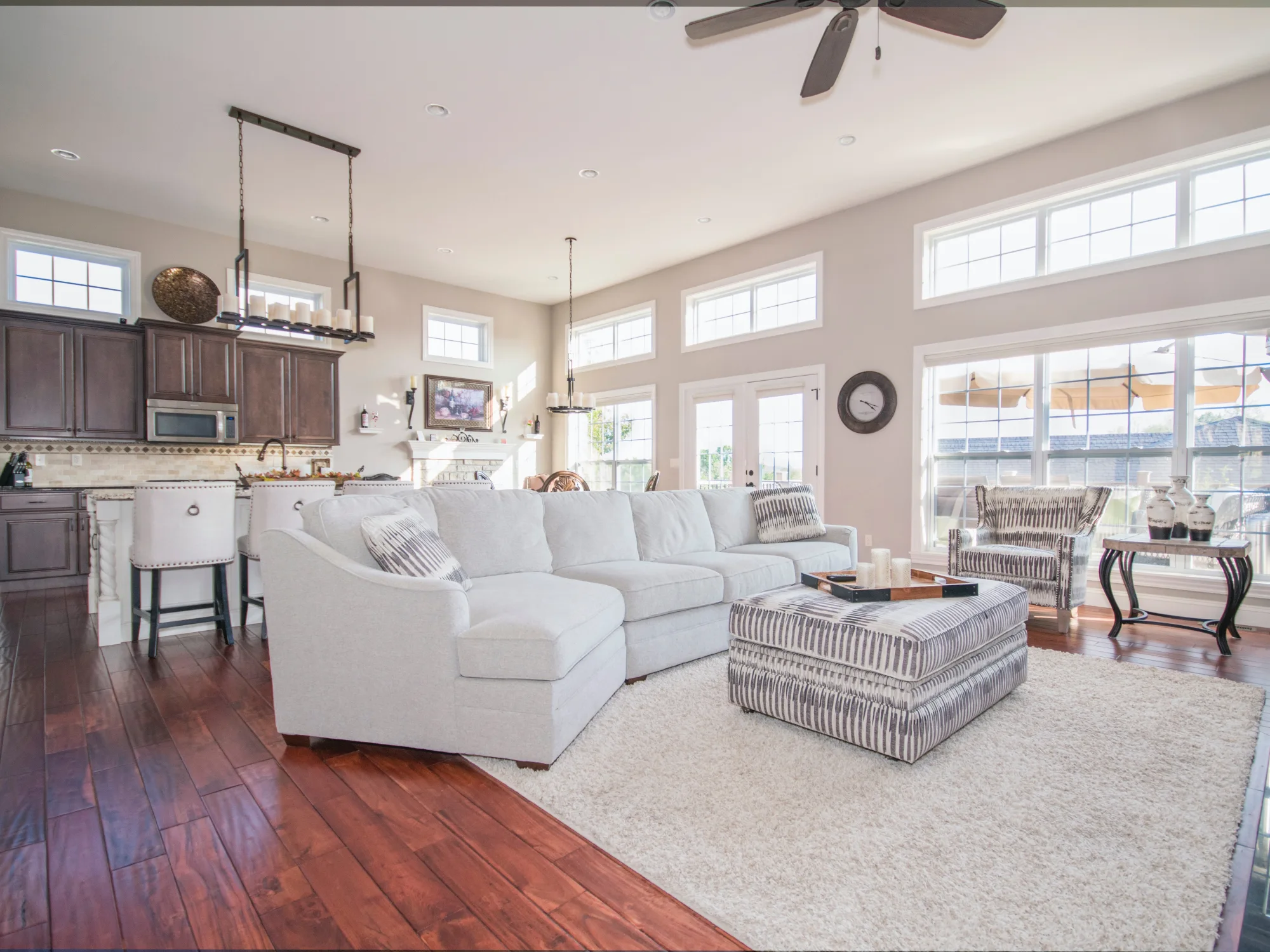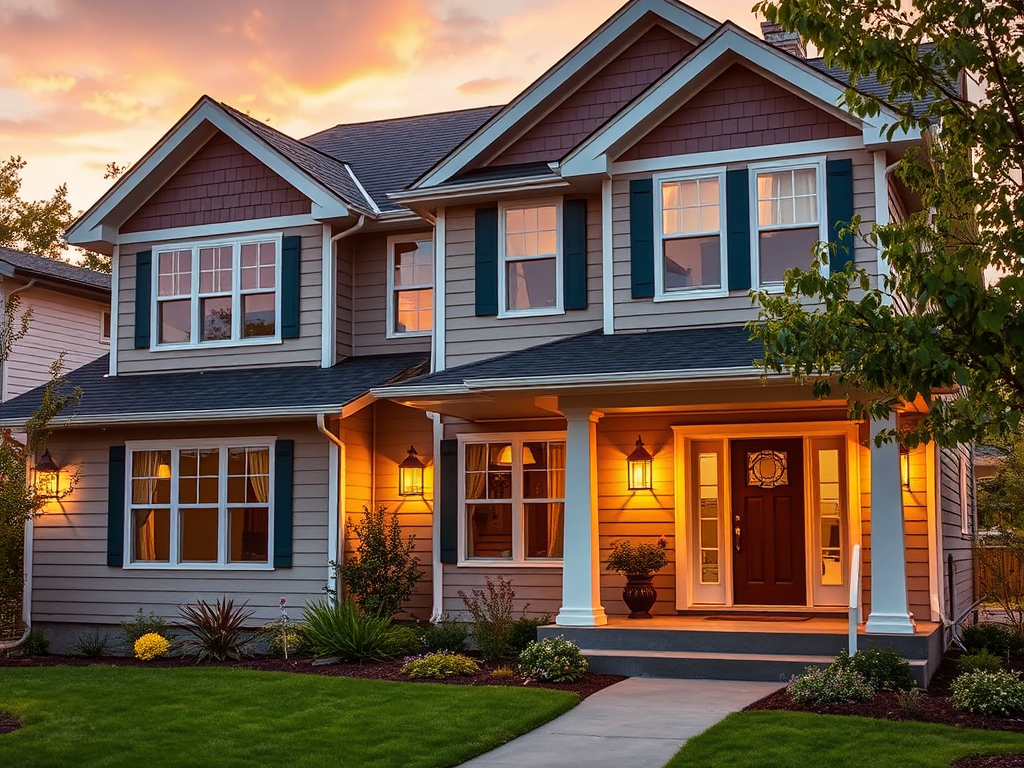It’s that time again… the paint on the exterior of your home has finally begun to flake, chip, and peel… but you just had this done four years ago, you say, and it is already time to get the pocketbook back out! Did you know, that based on the size of an average home, a home will need to be repainted or stained every four years? And let’s face facts, that comes with a big expense! Can you believe that the average cost to repaint or stain a home cost roughly $6,000? So basically, in a roundabout way, you need to put back around $1,250 each year to be prepared for when the time comes to paint or stain your home.
Now there is a solution… vinyl siding! Yes, you read that correct. Vinyl siding…. As well as engineered wood siding! Now to some homeowners, who may roll their eyes when the two words…. “vinyl siding”…. are mentioned, it’s time to drop that negative attitude, quit thinking about the reputation this product may have had in the past and look at it now. Just like any product, kinks and flaws work themselves out over time and that is true when it comes to the vinyl siding industry.
I’m sure we have all seen rows of new construction homes where it looks like the siding is waving at you as you drive by them and you think to yourself “Wow”. Trust me, even being in this industry, I certainly have! This modern day phenomenon is referred to as “oil canning”. Now it’s not necessarily the products fault that causes this unsightly phenomenon to occur. It’s actually a product of many elements that come into play, including the installation of the product, as well as framing of the home and even the thickness of the siding. There are different thicknesses and grades of vinyl siding, with .035 being the industry minimum and builders’ grade, continuing up to a premium panel which has an.055. thickness.
As I noted earlier, like any home improvement product, installation is a key factor when it comes to the appearance and curb appeal. Vinyl siding is not meant to hung tight or snug to the wall or furring strips. It is meant to be installed with approximately 1/16th to 1/32nd of an inch between the fastener head and the nail flange (approximately the thickness of a dime) to allow for expansion and contraction. Yes, you did read that correctly… expansion and contraction. Vinyl siding is a conductor of energy; therefore it will expand and contract during the seasonal changes. Though it is a conductor, vinyl siding is slow in comparison to aluminum and other cladding products that transfer energy. Because the energy transfer of the cold and heat is very limited with this green product, when expertly installed with insulation, vinyl siding can improve the energy efficiency while creating a cozy, attention grabbing home that will become the envy of any neighborhood.
This is just one topic of the many discussions that we can have when speaking about the pros of vinyl siding. I could go on and on about the energy efficiency, the life expectancy, as well as the great warranties that come along with vinyl siding but this blog would end up being pages long, and neither you nor I want that. So until next time my friends keep improving!








